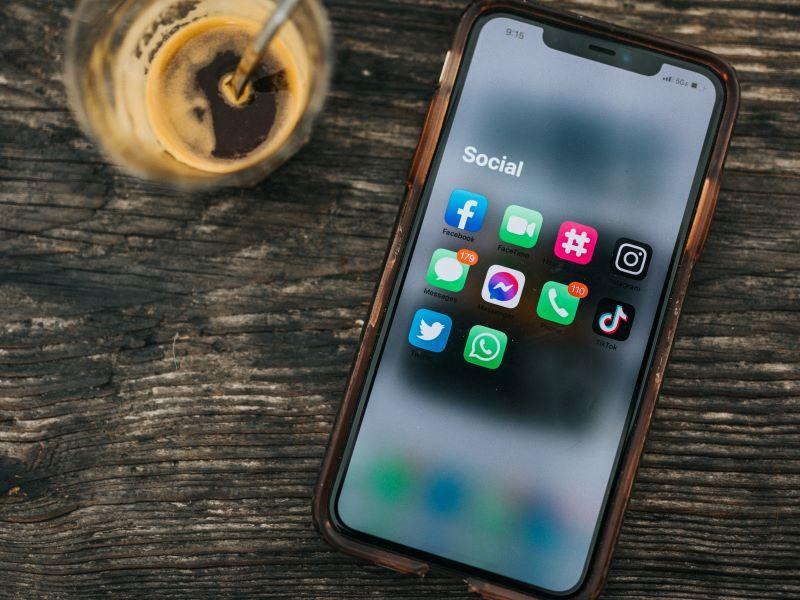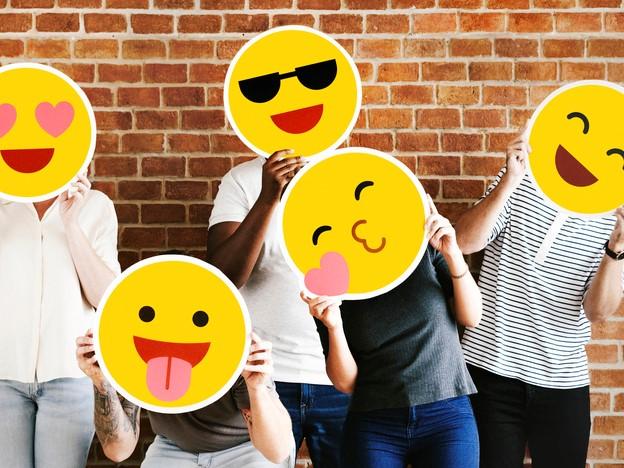
Science-backed mental health techniques for students’ well-being
University students have long struggled with academic pressure, social media demands, economic challenges and career uncertainty. This technique uses language and body awareness to help students cope and reset
The number of students seeking mental health assistance was on an uptick well before the pandemic. While there is no definitive causal link, we can certainly hypothesise that societal changes, ubiquitous screen presence, social media, a divisive political climate and the lessened stigma of seeking help are all correlated with the increase in demand seen across the Western world. Then, the pandemic and the racial reckoning brought on by the killing of George Floyd in 2020 exacerbated mental health challenges.
Young people have this feeling that the structures and systems that previous generations could rely on are no longer there to protect them – for example, religious institutions and trust in government just aren’t pillars for this generation.
I believe that this mandates us in university settings to support students’ psychological well-being through comprehensive mental health resources that all students are educated on and can easily access. This should encompass clinics, individual and group counselling, crisis intervention and psychiatric care. At Virginia Tech, we also offer therapy dogs. We need to continue reducing the stigma around seeking help and encourage students to use these resources. And we need to offer tools for students to use not just now, but in their lives going forward.
- How educators can help manage Covid anxieties on campus
- Which specific Covid disruptions impacted motivation and engagement?
- We need to empathise with the students of today to shape the minds of tomorrow
Given our research-driven university setting, it isn’t surprising that we open the door to technology in mental health practices – the enormous range of opportunities technology offers for mental health treatment has led to a spate of development. For example, brain-imaging techniques combined with algorithms that analyse neural activity can reveal brain differences among people that predict whether a given drug or therapy will relieve their symptoms.
What is the community resiliency model?
During the pandemic, as we were working our way through this collective trauma, I had an epiphany. Some 10 years ago, I’d worked with the community resiliency model (CRM) – we call it “krim” – to help people exposed to trauma relieve their anxiety and develop resilience. I realised I’d worked with hundreds of students who would benefit from CRM, leveraging shared language for what they were experiencing. Students tend to ping pong between high-stress hectic activation, then collapse and struggle with doing anything.
Since we all have a nervous system, the fight-flight-freeze sensation is universal. CRM recognises this and offers trauma-informed techniques to help students interrupt unhelpful narratives and recentre themselves. It does this through sharable language in a low-pathology manner with proven results. From a neuro-biological standpoint, many of us don’t take the time to assess how we’re feeling, and we’ve lost the ability to know what “calm” feels like in our body. CRM helps us to return to a zone of comfort. It’s like resetting to a personal homepage.
The science behind the CRM model simplifies the autonomic nervous system, which is what controls our brain and body’s survival response. The autonomic nervous system connects to every major organ in the body and catalyses action in response to threats in both our present moment and threats recalled instantly from our past. CRM teaches the science behind our fight, flight or freeze response through naming the sympathetic nervous system’s fight-or-flight response the “high zone” and the freeze response the “low zone”.
CRM’s genius is to normalise these responses and teach us concrete skills to discover what ease feels like in the body, which we can then use as a compass to help us know what we are working to navigate towards when we get bumped in the “high” or “low” zone. CRM draws attention to sensations of neutrality, ease or calm. Through repetitive practice in using this compass, we can access the brain’s neuroplasticity to rewire towards resiliency.
How we implement CRM
Virginia Tech has about 20 CRM trainers on campus. Some work at Cook Counseling Center, others at living learning centres, still others at the university health programme Hokie Wellness.
We use CRM in many ways:
- We offer CRM training upon request to teams or departments.
- Students, staff and faculty can all come in to receive individual or group stand-alone training.
- All student leaders who work in residence halls are trained and report using the techniques frequently for residents who are in distress.
- Campus outreach is infused with CRM-informed language.
- We have a CRM e-bike that visits classes and outdoor events to creatively engage students; the trainer piloting the bike serves popsicles to demonstrate how an icy treat can defuse a dysregulated nervous system and hands out fidget spinners.
The future of CRM at Virginia Tech
I am so proud of how we have effectively and proactively become practitioners of trauma-informed treatment at Virginia Tech. I would like us to continue to grow in this area, imbuing all our activities with the end goal of embracing a culture of well-being. I’d also love to see CRM used more widely on the academic side, with faculty leveraging these techniques in teaching and mentoring. CRM can be incredibly valuable in managing students’ wellness and behaviour, increasing their ability to actively learn along the way.
Erica Coates is assistant director of campus initiatives at the Cook Counseling Center of Virginia Tech.
If you would like advice and insight from academics and university staff delivered direct to your inbox each week, sign up for the Campus newsletter.




